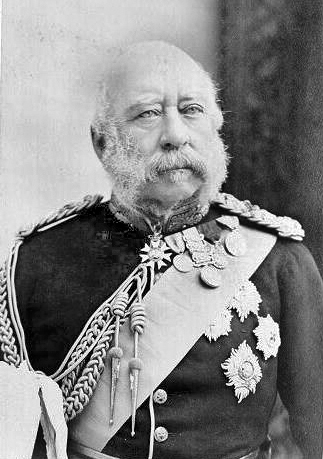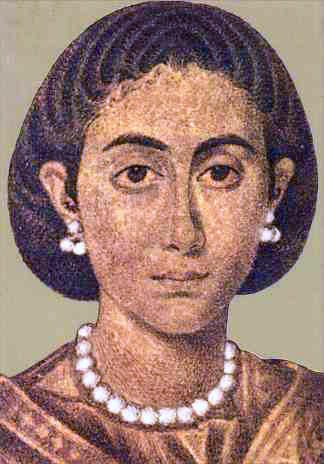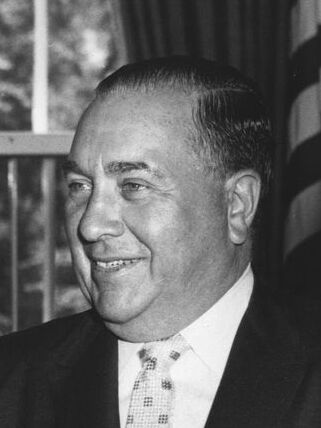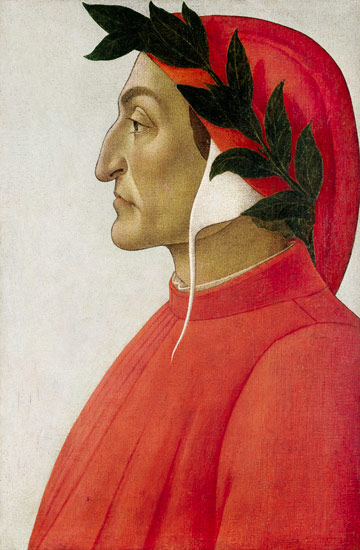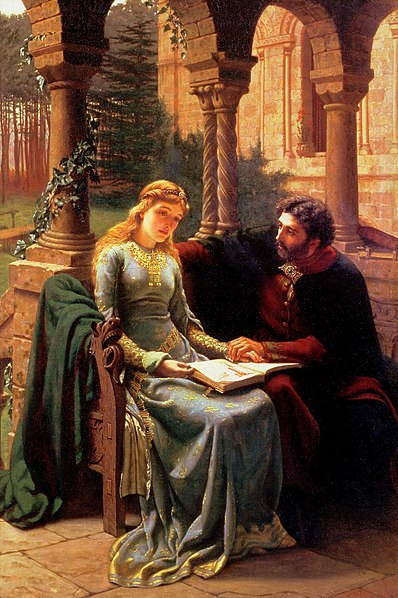
WARRIOR-KING A PACIFIST
261 B.C.
Pataliputra, India
The Great King Asoka, ruler of all India, the most powerful king India has ever seen, has crushed the kingdom of Kalinga, destroying its army and consolidating his power as unquestioned leader of the Mauryan Dynasty.
While his generals celebrated, the Great King was found slumped on his throne, head in his hands, inexplicably crying. The All-powerful Conqueror of Nations explained that he felt sorrow for the deaths of his enemies. No one quite understands what this means.
When asked for a comment on the successful war, King Asoka, World’s Greatest Warrior, stated that war is a terrible thing, and he would never fight again. The man known as Destroyer of Cities, Crusher of Foes, Maker of Widows, and Scourge of the Indus, said he wanted to be known only as Keeper of Peace.
A high level minister spoke off the record, saying the king is just a little squeamish due to “this Buddhism thing,” but the generals would set him straight, and the country would build on this victory with another aggressive military campaign “in the very near future.”
Meanwhile, the generals were looking forward to the next campaign.
“We’re thinking Persia, or maybe Egypt. The army’s up for it. Don’t worry, the king will come around.”
Our brave returning soldiers, giddy with victory, held a rally in the city square. When the king heard about it, he ordered his men to break it up- peacefully.
But seriously…
August 31st, 2022
King Asoka was the grandson of Chandragupta, the man who formed the first dynasty in Indian history, the Mauryan Dynasty. Asoka, a great king in his own right, continued his grandfather’s work of consolidating the Subcontinent. Before Chandragupta, India was a group of tribes. After Asoka, it was one people.
But Asoka repudiated the very thing that helped him consolidate power. Because unlike Chandragupta (and unlike almost every king in history), Asoka renounced war.
The Kalinda War
Kalinda was an independent province that rebelled against Asoka’s plans for consolidation. Asoka brought war to them, ruthlessly crushing the rebellion.
After the war, he felt profound remorse for the suffering he had caused.
So this great conquering king became a pacifist.
Machiavelli Before Machiavelli
According to legend, Asoka murdered ninety-nine brothers to secure the throne. Whatever the truth of his rise to power, he was certainly the product of a world of realpolitik. His grandfather’s advisor, Kautilya, produced a manual for statecraft called the Arthashastra, which has been compared to The Prince by Machiavelli.
Asoka must have been trained in the realities of wielding power with a strong hand. He showed this at Kalinda.
Constantine Before Constantine
Asoka became a sincere and devoted Buddhist.
He seems to have spent the remainder of his life making amends for his kingly crimes.
He had stupas- stone monuments- erected throughout his dominion, telling of his good works.
He used his influence and resources to better the lives of his people.
And he encouraged others to follow his example.
In fact, he was apparently guided not only by Buddhism, but also by Jainism, which was even more non-violent than its cousin religion.
He did one more thing that would thing that would secure his place in history: he exported his faith to surrounding lands.
He did for Buddhism what Constantine would later do for Christianity: he gave it the royal stamp of approval.
This great warrior turned peacemaker, by putting the power of the state at the service of his faith, aggressively pursued the cause of nonaggression.
Another legend, from later in his life, tells of Asoka wanting to give something to a Buddhist Order. The holy king, having imparted everything, had nothing more to give than a piece of fruit.
Sources:
Asoka Maurya, Balkrishna Govind Gokhale
Incarnations, A History of India in Fifty Lives, Sunil Khilnani
Jainism: A Guide for the Perplexed, Sherry Fohr
